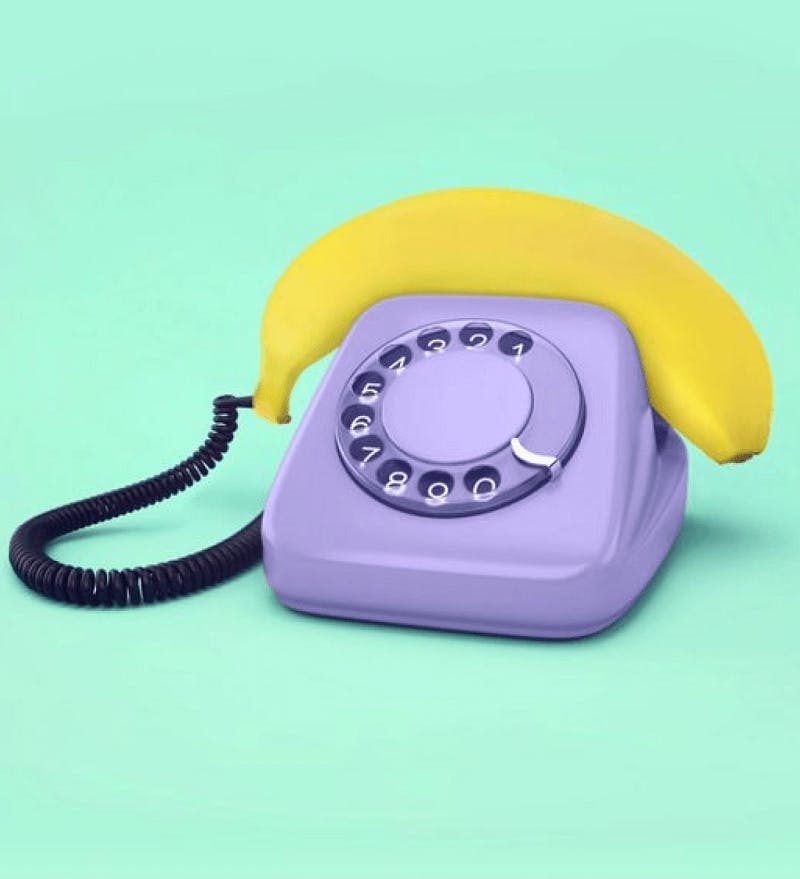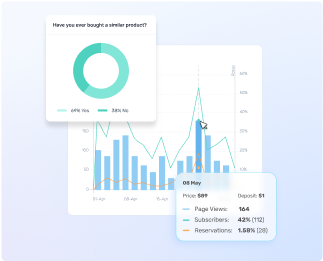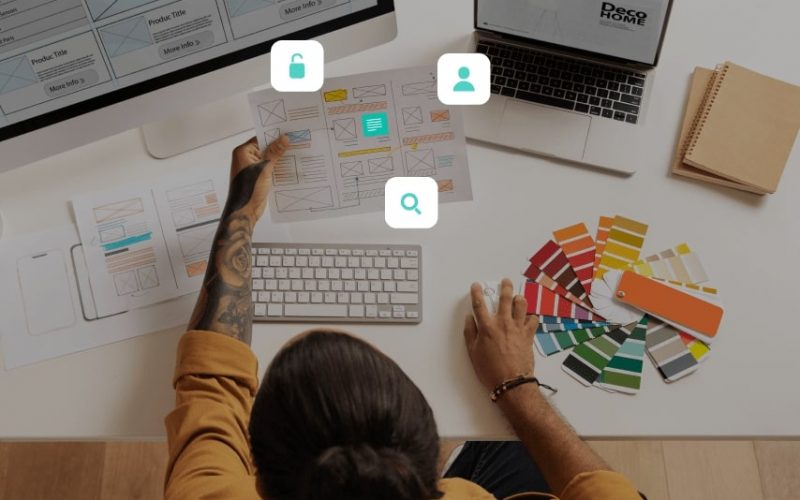Our life consists of a chain of decisions.
This also applies to our day-to-day decisions on what products to buy and from where.
Imagine your phone is broken. You’re going to buy a new one and here you face lots of choices: iPhone, Samsung, Google Pixel, Xiaomi, etc.
Now the key question is: Which one will you choose? Why? What factors will affect your decision? Price? Quality? Features?
Yes, it can be hard, I know. But that’s what is called product competition, baby.
What is Product Competition?
Product competition arises when products within one class but with different features, benefits and prices meet the same customer need. Other factors that can affect competition include technology, supply source, support, delivered quality, etc.
Currently, product competition is also about product design. Unique design along with the aforementioned factors may play a decisive role in the consumer’s decision to buy the product.
To understand the concept of a product competitor, it’s useful to compare it with other types of competitors, specifically:
- Brand competitors,
- Generic competitors and
- Total budget competitors.
Let’s take the example of the iPad. Its product competitor is the Kindle Fire. Both products are in the same product class, but the latter is cheaper and features a library different to iPad’s.
iPad’s brand competitor is Samsung Galaxy Note 10.1 as they both compete in the same market with a product that offers similar features and benefits, at a similar price.
As a generic competitor for the iPad, we can consider any cheap laptop, which can provide you access to programs and Internet to browse the web, check your inbox, watch movies, etc.
iPad’s total budget competitor would be any product at a price of $500—the same amount that iPad costs. With this amount, the same customer can buy anything between a smartwatch, a piece of jewelry or Adidas shoes. Considering budget competition is important as sometimes customers choose to buy several products from the same retailer, and may be offered to pay less if they buy several products at once (for instance, for buying iPhone, Apple Watch and AirPods together).
In the category of energy drinks, product competitor would be coffee, brand competitor would be Red Bull, generic competitor would be tap water or tea and total budget competitor would be McDonald’s food or greeting cards.
Types of Competitive Products
Competitive products are usually classified into the following categories:
- Direct Competition
- Substitute Products and
- Similar Products
Direct Competition
The direct competition takes place when at least two companies offer the same product or service to the same target audience in the same market.
So, if you have a restaurant in Barcelona’s Eixample district, all the other restaurants in that district would be your direct competitors. Some of the examples of direct competitors include Coke vs Pepsi, McDonald’s vs Wendy’s vs Burger King, Honda Civic vs Toyota Corolla, Apple’s iPhone vs Samsung’s Galaxy, Boeing vs Airbus, Snapchat vs Instagram, etc.
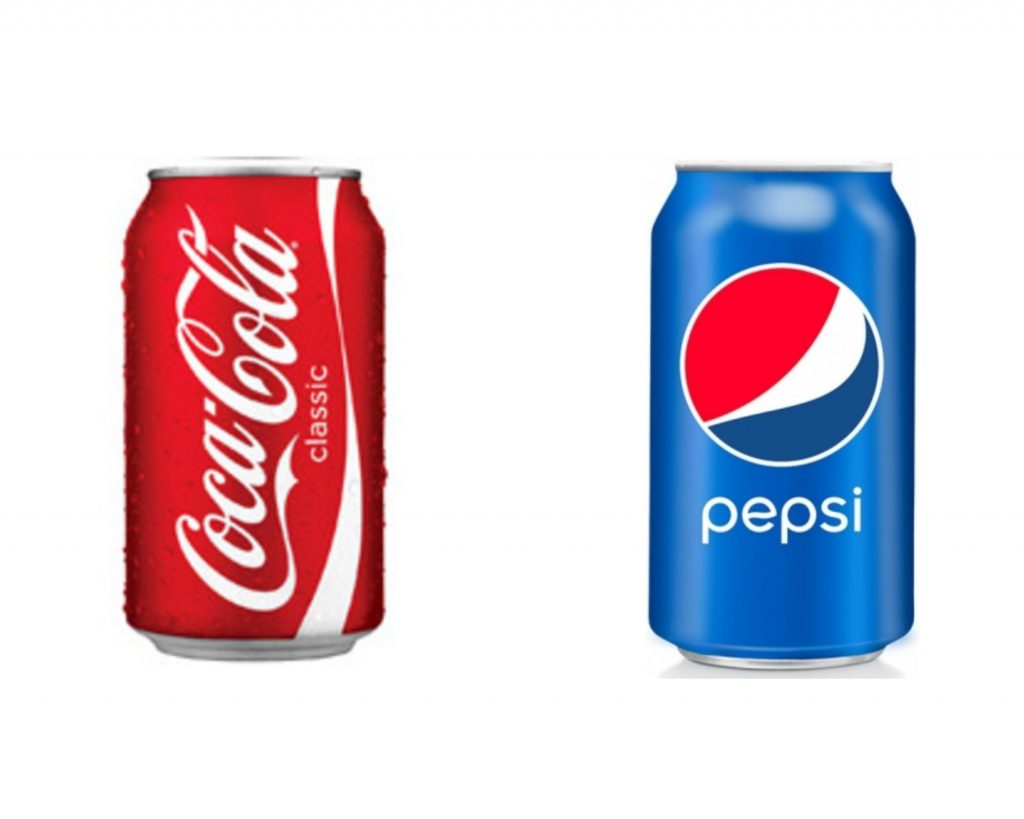
Note that for direct competition to take place, the market doesn’t have to be large. Nor do the brands have to be international and world-renowned: Even two groceries in a small village can be direct competitors!
Indirect Competition/Substitute Products
In case of indirect competition, we have two businesses that address the same customer need in the same market but by offering different products or services. In other words, we have different products or services satisfying the same customer need.
Let’s go back to our restaurant example in Barcelona’s Eixample district. Obviously, the purpose of your and any other restaurant is to feed hungry customers. What matters is how they do that. Say, you do this by offering Spanish food, while other restaurants nearby offer Mexican, Chinese, Malaysian and Viennese cuisine, pizza, etc. This means in our situation customers face a wide choice when it comes to satisfying their hunger, all of them being different from one another.
In terms of products, indirect competition may exist between tea and coffee (which both energize you in the morning), marker and pencil (which you can both use to make marks in the text), cell phone and the land line (which help you communicate), Kindle and printed books (which help you read), as well as butter and margarine (two different options).
Similar Products
Similar products are products that perform similar functions but are used in distinct contexts or for different purposes.
For instance, cars, ships and airplanes are products that perform similar functions but are used in quite different contexts. It’s interesting to observe these kinds of products as they can be an additional source of design inspiration for your product.
For instance the design of modern treadmills used at gyms took its inspiration from prison treadmills used in the early Victorian Britain as punishment equipment։ prisoners had to climb the steps of those treadmills set into two cast iron wheels to mill corn, pump water, etc.
Thus, it’s always useful to research your competition before creating your product, as well as after that to always stay on top and have something unique to offer to beat the product competition.
Why Differentiate Your Product from Competitors
Currently, markets have become pretty noisy and crowded, increasing product competition a lot.
To get noticed and gain a competitive advantage among the many products you need to stand out from your competition.
There are actually two ways you can do this: through cost leadership, i.e. offering the lowest price in your product category or product differentiation. While cost leadership will most probably attract lots of price-conscious customers, product differentiation is an even more powerful strategy. Here are some benefits of product differentiation:
Build Brand Loyalty
The more different your product is from your competitors, the more memorable it is. In differentiating your product you should pay special attention to your logo, tone and voice, and presence on social media, as your customers are going to associate them with your product. All this, along with satisfying your target audience’s needs, will make your customers return to your product again and again.
Defend Your Price Points
Because you’re offering something different to your customers, you enjoy the “right” to do that at a high price. People will be willing to pay that price knowing that they are paying for high quality, status, unique appearance, durability, unique design or experience, etc. Due to the attribute-based differentiation, you can increase or maintain your product price, and defend it from going down unless another competitor enters the market offering a product similar or better than yours.
Find Your Niche Audience
Product differentiation is also a great way to filter your target audience.
Once you have enough data on who is buying your product, you can analyze it and understand who your niche audience is. This allows you to focus on them specifically, which is often a much more effective strategy in terms of sales and return on investments (ROI) than marketing to the general public.
Thus, for you, product differentiation is a way to not only survive in the market, but also increase your sales, build brand equity and brand loyalty focusing on your niche audience, and finally grow your business. And for your customers, it is the answer to their most important question – ‘What’s in it for me?’.
Product Differentiation Types
Think your product is different from that of your competitors? You may pretty much be wrong! The final word about how different it lies with your customers and their perception, after all.
Here are a few ways customers use product differentiation to make buying decisions.
Vertical Differentiation
Vertical differentiation is when customers make their buying decision based on objective measurements like quality, price, etc. Although the measurements are objective, the value each customer may attach to them will differ based on their needs. For instance, you may buy an iPhone because it’s associated with quality and status, even though it’s expensive. For another customer, the price may be a decisive factor, and they will choose to buy Xiaomi as it’s less expensive.
Horizontal Differentiation
In case of horizontal differentiation, there are no objective measurements: customers choose between the products based on purely subjective criteria.
For instance, choosing between different pizza types—whether it’s Margeritha, Pepperoni, Sicilian, Neapolitan, or any other type—depends on the customer’s personal taste.
Thus, in a situation where we have similar products with similar features, quality, and cost, purchase decisions only depend on subjective preference.
Mixed Differentiation
Mixed differentiation combines both vertical and horizontal differentiation. Customers use mixed differentiation when making complex purchase decisions. For instance, imagine you’re choosing between buying a BMW and Mercedes. Of course, you’ll consider many technical features like gas mileage, power windows, hauling capacity, safety features and rating, etc. But subjective preferences such as the brand image, the car design and the status it implies will definitely play a role in your decision.
How to Differentiate Your Product from Others
What is the recipe for a unique product? How to make one?
Well, there’s no single answer to this: it always depends but here are a few tips to help you create a product that will have the potential to beat the product competition.
Ensure Excellent Performance and Quality
When giving our hard-earned money for a product, we always hope it will perform well and be of high quality. Thus, quality and performance are key when you’re competing in the market. A good quality product will always have its loyal customers and stand above standard quality products. An example is Duracell, which lasts 10X longer than standard batteries.
Differentiate Your Product by Size
What can be more heartwarming in Christmas than a Christmas tree? But what if you have no Christmas tree and have no budget to buy one? Well, you can get a mini Christmas tree! And the key word here is mini.
Here’s what I found when looking for it on Amazon:
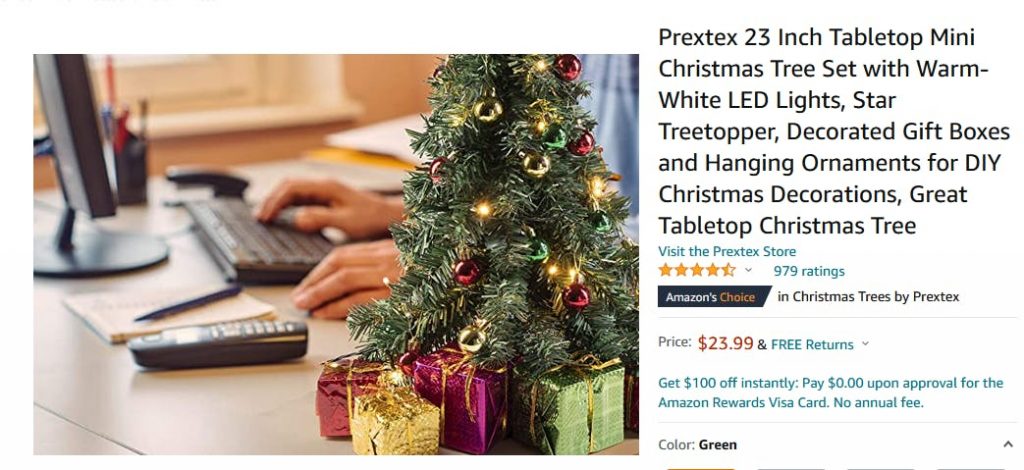
The word mini will indeed grab the attention of anyone who’s looking for this very product.
Another example might be the face masks. During the purMe Air campaign, many of the backers were asking for larger masks, thus the campaigners added the large size to meet their needs.
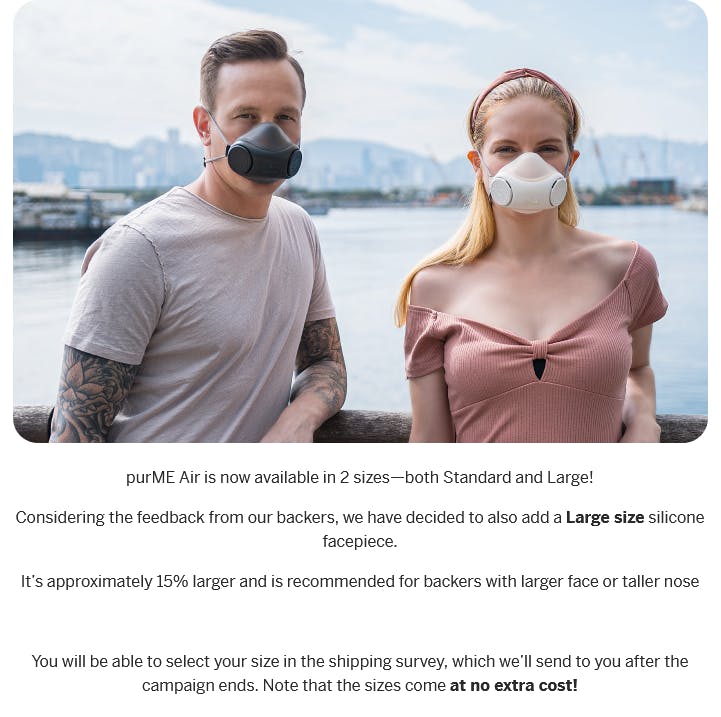
Sometimes we’re looking for goods of a certain size because we don’t have enough space, budget or just want the bigger or smaller version. Finding the right size is all we need.
Thus, whatever product you’re creating, make sure it offers all sizes that your customers will need.
Differentiate Product by Branding
Imagine you’re facing a decision between buying gloves with a well-known logo like The North Face and another pair with no or unknown logo. Which one would you choose?
Of course, the one with The North Face logo!
Well-established branding can work wonders, of course if it’s on a high quality product. With good branding you can have an edge when your competitor offers a product of the same quality and price as yours.
Let’s look at the example below:
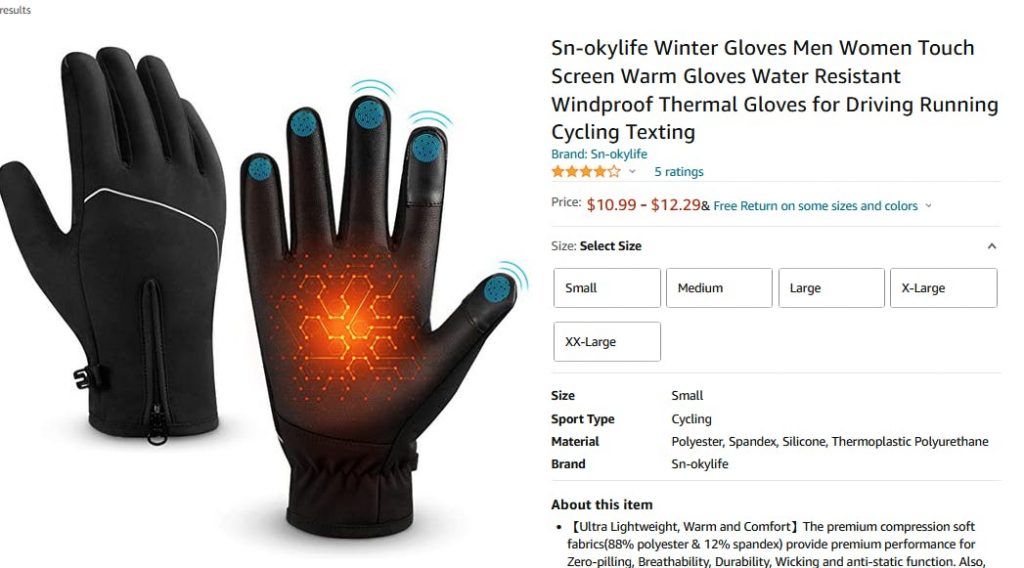
Even through Sn-okylife gloves may be of good quality, many customers will still prefer the North Face because of its branding:
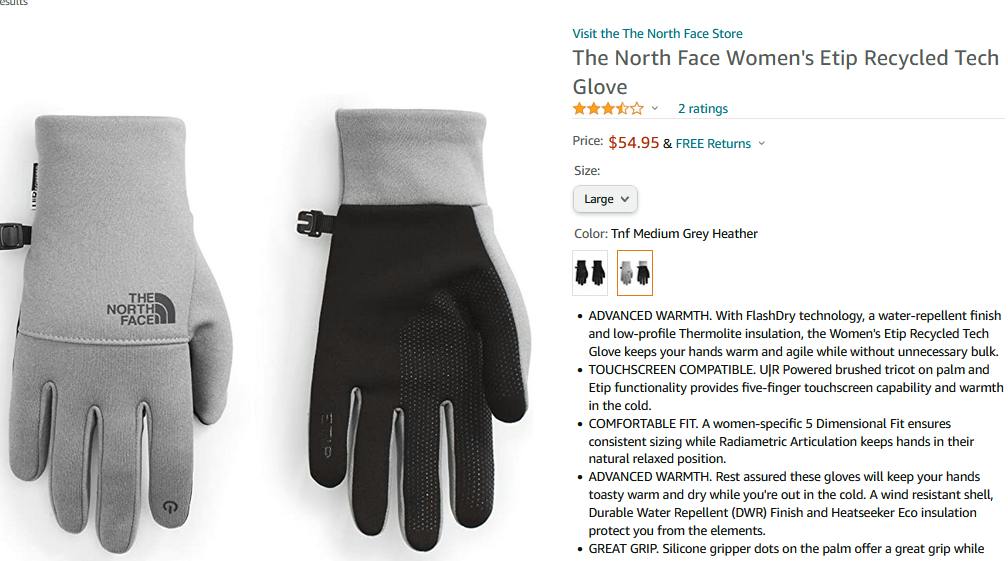
Thus, investing in brand building is something any business with long-term goals should do to overcome product competition.
Differentiate Product by Origin
Origin is another strong point that can make your product stand out from its competitors.
If your product is of an origin that suggests its high quality, you simply must mention it in the headline of your product on your landing page. Look at the example below:
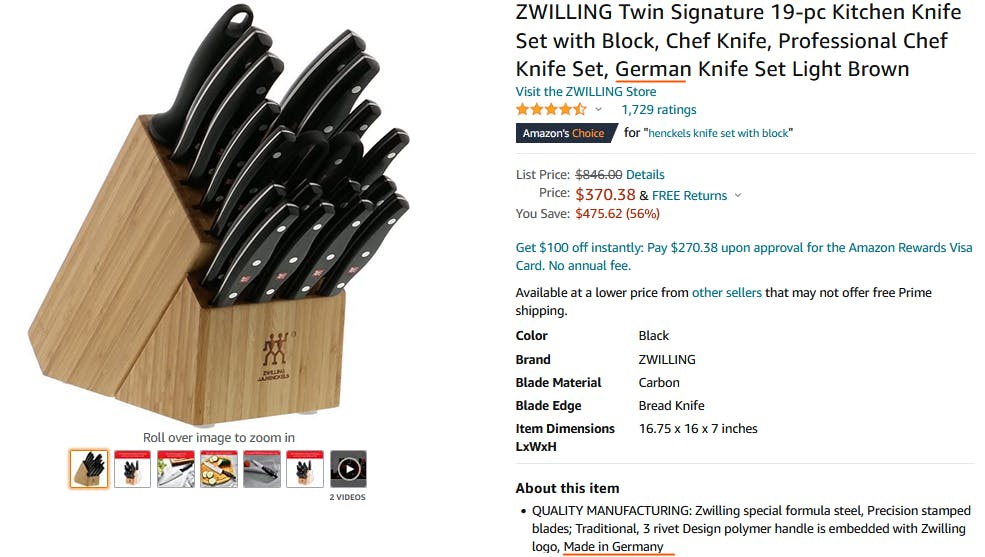
By throwing in the well-known German origin of their knives, ZWILLING stresses the quality of their product and catches the attention of buyers.
Thus, in case your product or at least part of it has an origin worth mentioning, do feature it to add credibility to your product and help it get noticed.
Differentiate Product by Unique Packaging
Oftentimes packaging can play a crucial role when customers face many product options. Unique packaging gives you extra satisfaction, whether you’re buying the product for yourself or as a gift for a friend.
Take a look at the packaging of SuSuaHome dog toothbrushes and that of Bristly-world’s most effective toothbrush for dogs. Which one would you choose?
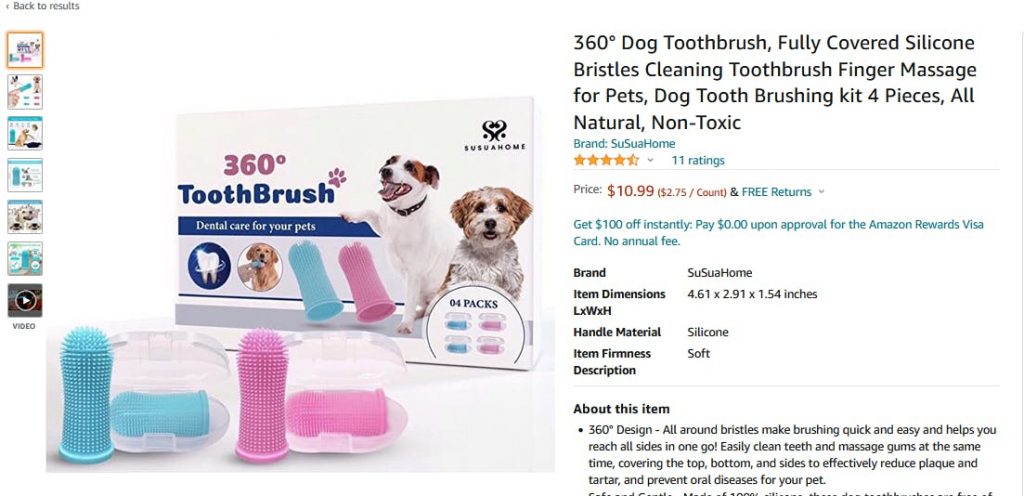
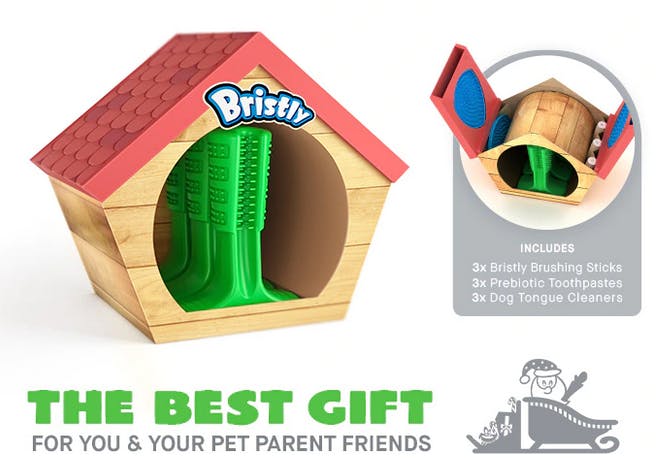
Personally I would choose Bristly as it’s so cute and dog-personalized besides being effective!
Thus, the more creative and out-of-the-box you are in your design and packaging, the more likely your customers are to choose your product.
Differentiate Product by Adding Extra Features
If your company has the ability to add an extra feature to the product that would make it stand out from competition, you should by all means do that. That doesn’t have to be something major: a minor change like adding a handle, replacing buttons with Velcro, introducing the water resistant version, etc. can work.
For instance during the crowdfunding of TurboHub—World’s Fastest SSD & 6-in-1 USB-C Hub—the campaigners added the engraving option as a stretch goal and unlocked it once they raised $500K.
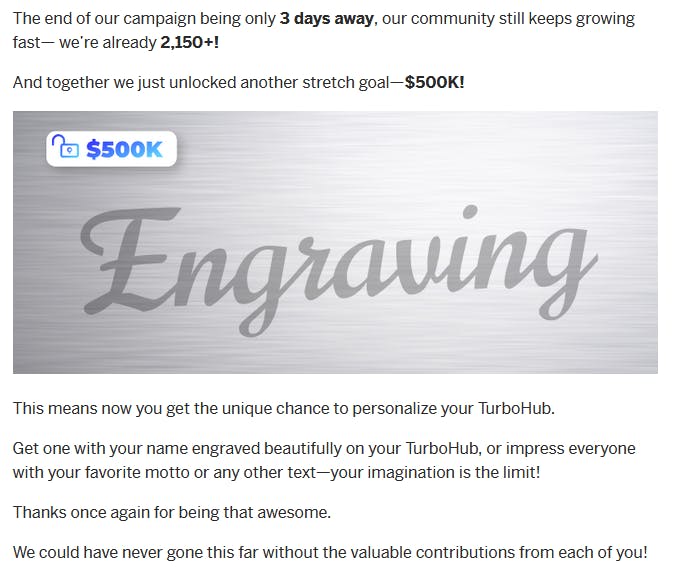
This version of the SSD was really popular with the backers, which shows how a small change can affect your marketing success and make you get noticed.
Differentiate Product by Offering a Bonus
Another way to overcome product competition is offering bonuses. It doesn’t have to be something big and expensive: small extra items can already be attractive.
For instance, during the KittySpring campaign, the campaigners introduced a stretch goal – special cleaning brush and extra sealing gasket – which was to be unlocked once the number of backers would reach 12,000. These extra items would come free to all backers who would back the project.
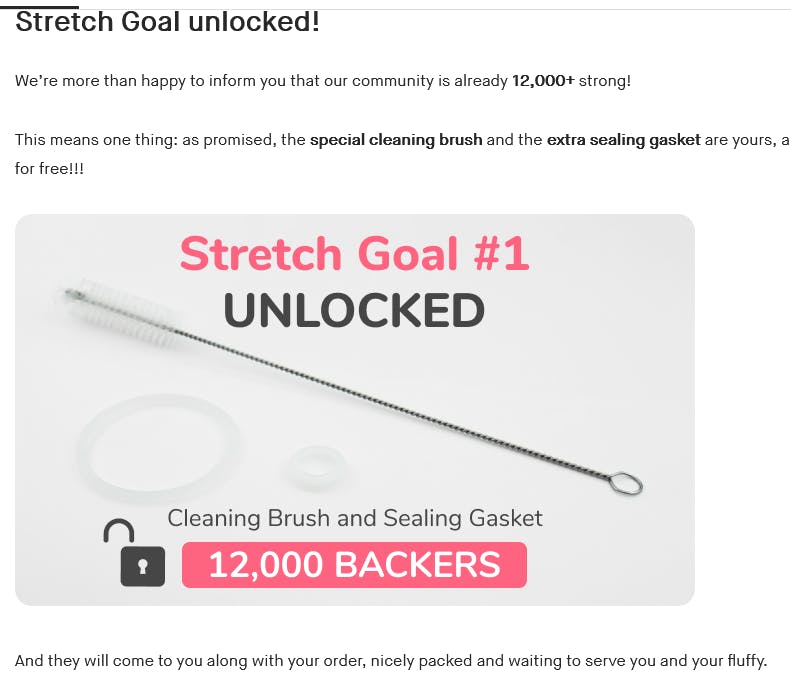
This, of course, gave backers a little more extra incentive to back KittySpring, as besides getting the fountain they could also obtain an extra value for free.
Differentiate Product by Highlighting a Feature
This is mainly a matter of communication. You can have a very good product but if you can’t present it in an attractive way, you won’t be able to unleash its potential.
And this should be done from the very first line of your landing page, i.e. its headline and tagline.
For instance, KittySpring positions itself as the most cat-friendly water fountain on Earth.

And indeed, this fountain was specially made with every cat whim possible in mind: the fountain’s whisker-friendly shallow and wide dish, enough water capacity for every day, safe materials and all the other features make it truly the most cat-friendly source of water on Earth!
Another example is PooPail — the world’s only 2-in-1 solution for cleaning poop.

It comes with a scooper and pail, helping pet parents to both pick up their dog’s poop in seconds and store it for up to a week. No other solution on the market does this, so the 2-in-1 feature is definitely the product’s value proposition.
Thus, be sure to include your product’s value proposition right from the beginning to grab your customers’ attention right away.
Differentiate Product by Capitalizing on Competitors’ Weaknesses
There’s no better way to explore your competitors’ weaknesses than to go over the reviews of their products. Here it’s important to find patterns of repeated complaints, which would indicate the given feature is indeed a problem.
But what does it have to do with you? Well, a lot!
You can capitalize on that and if your product does have that feature, mention that expressly in your copy so that people see it and come to buy your product as a better option.
Fortunately, in the age of the Internet, doing this is really easy.
Simply go where your potential backers hang around and “hear” what they say.
Such “goldmines” for copy can be platforms such as Reddit and Quora, or reviews under your competitors’ products on Amazon, eBay, etc.
For instance, when writing copy for KittySpring, we used this tactic, and here’s what we found:

A comment in a Reddit thread mentioned the loud motor problem of a cat water fountain referring to the fact that it scares cats.
In Wirecutter, I came across a review on Catit – a competitor product – which again mentioned the loud motor problem, but this time with reference to it being annoying for the user.


So, when talking about the noiseless feature of KittySpring on our campaign page, I combined the language of all the users and their thoughts into the following statement:

Thus, it’s really worth spending time and analyzing your competitor products’ reviews. They may inspire you to add a new feature or improve your product, and thus gain an advantage in product development, promotion and competition.
Focus on After-sale Services as Well
Good after-sale services help build trust and brand loyalty and differentiate it from competitors. An example is Amazon, which uses a free Return & Replacement policy to satisfy its customers and boost its sales.
Conclusion
Whether you’re a new creator or an experienced businessman, the one question before you offer something to your customers should be “Why should they choose exactly my product?”
Maybe you’re offering better quality, an extraordinary feature, or a brand new value that never existed before. Whatever it is, you should always keep in mind the power of product competition. It’s tough, it has its rules and sometimes it may be crucial.
Product competition eliminates all the redundant products and leaves only those that customers have a need for. Thus, fighting for your customer’s attention by offering them something that doesn’t exist in the market and yet satisfies their needs is the best way to beat your competitors and stand out.
So, if you have something unique and valuable to offer, go do that, win your customers’ hearts, and grow your business!

